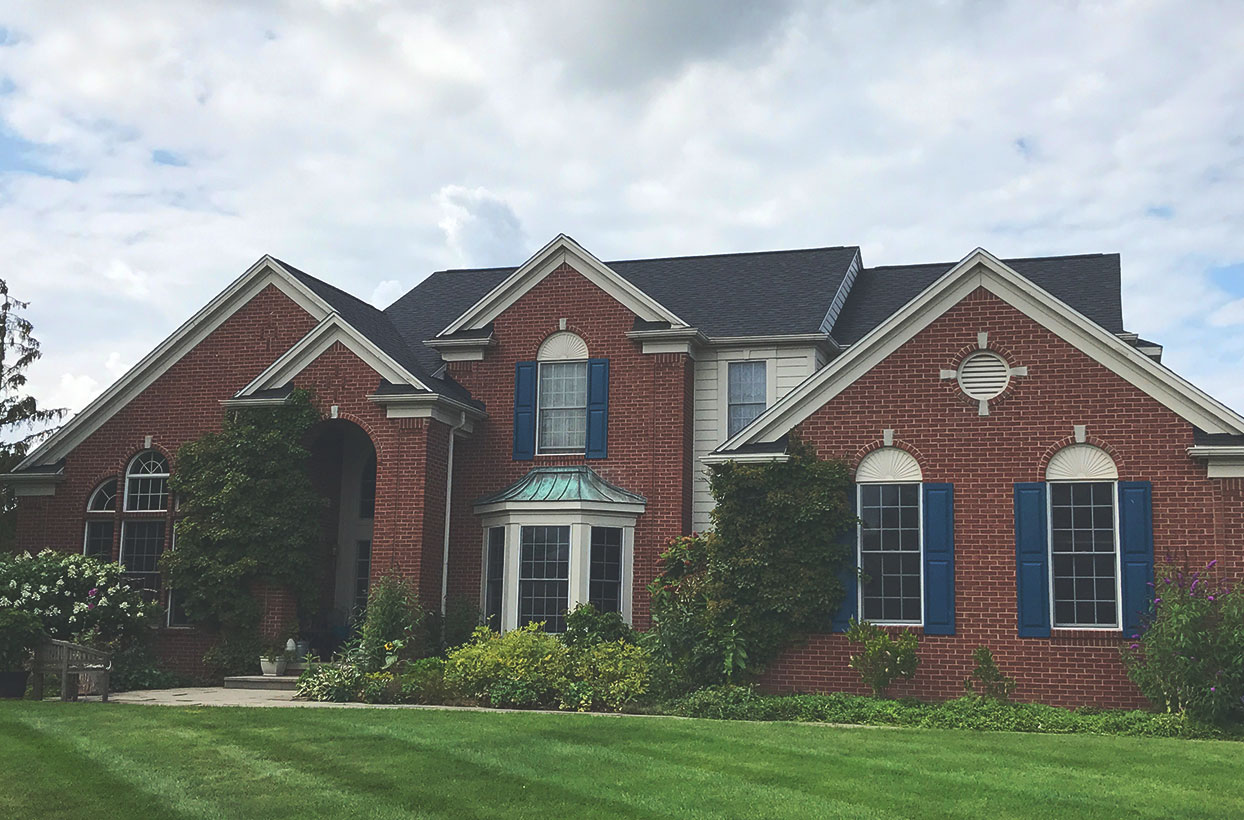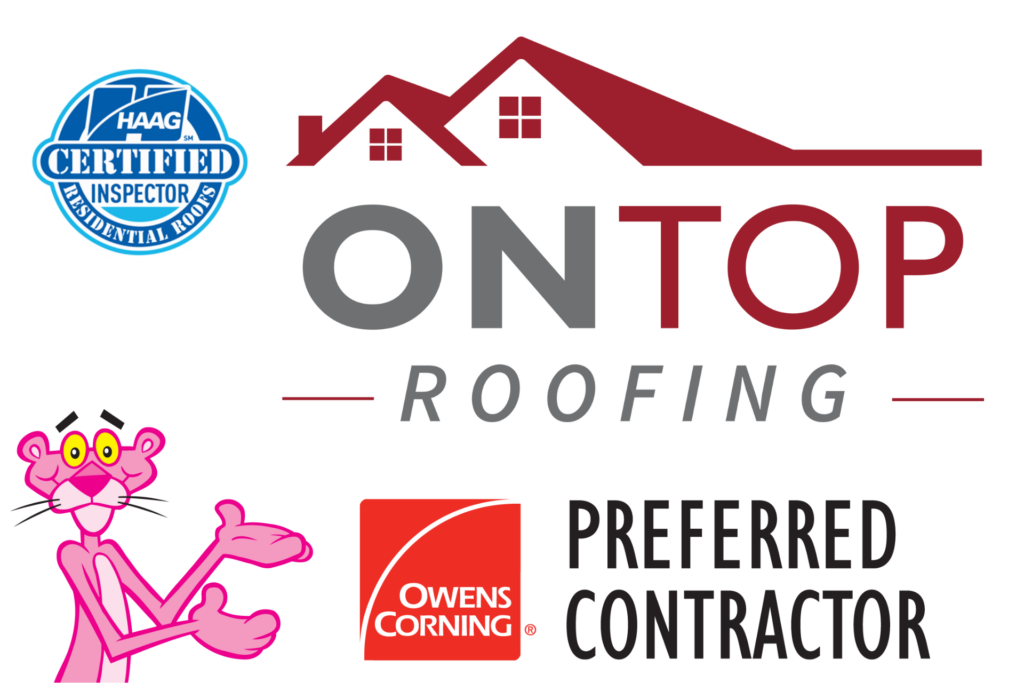
A roof is one of the most important structural components of any home, yet it often receives the least attention—until something goes wrong. In Michigan,

From scorching sun and heavy rain to freezing temperatures and gusty winds. Understanding how weather conditions can impact your roof is crucial for maintaining its integrity and prolonging its lifespan. By taking proactive measures to protect your roof from the effects of weather, you can prevent damage and ensure that your home remains safe and secure. Here’s how weather conditions impact your roof and tips for protection:
In conclusion, weather conditions can have a significant impact on the integrity and lifespan of your roof. By understanding how different weather elements can affect your roof and taking proactive measures to protect it, you can minimize the risk of damage and ensure that your home remains safe and secure. Whether it’s installing reflective roofing materials to combat sunlight exposure, maintaining proper roof drainage to prevent water damage, or removing snow and ice to prevent structural stress, investing in roof protection measures can help extend the life of your roof and save you money on repairs in the long run.

A roof is one of the most important structural components of any home, yet it often receives the least attention—until something goes wrong. In Michigan,

Michigan winters are known for their brutal cold, heavy snowfall, and constant freeze–thaw cycles—all of which create the perfect environment for roof damage. Every year,

When a storm sweeps through Michigan, your home’s first line of defense — the roof — often takes the hardest hit. From high winds and

Michigan winters are as beautiful as they are brutal. Between heavy snowfalls, freezing rain, and frigid winds, homeowners often face one of the most common
"*" indicates required fields

Take advantage of our free inspection and free second opinion offer and receive a complimentary estimate for any new installation service.
